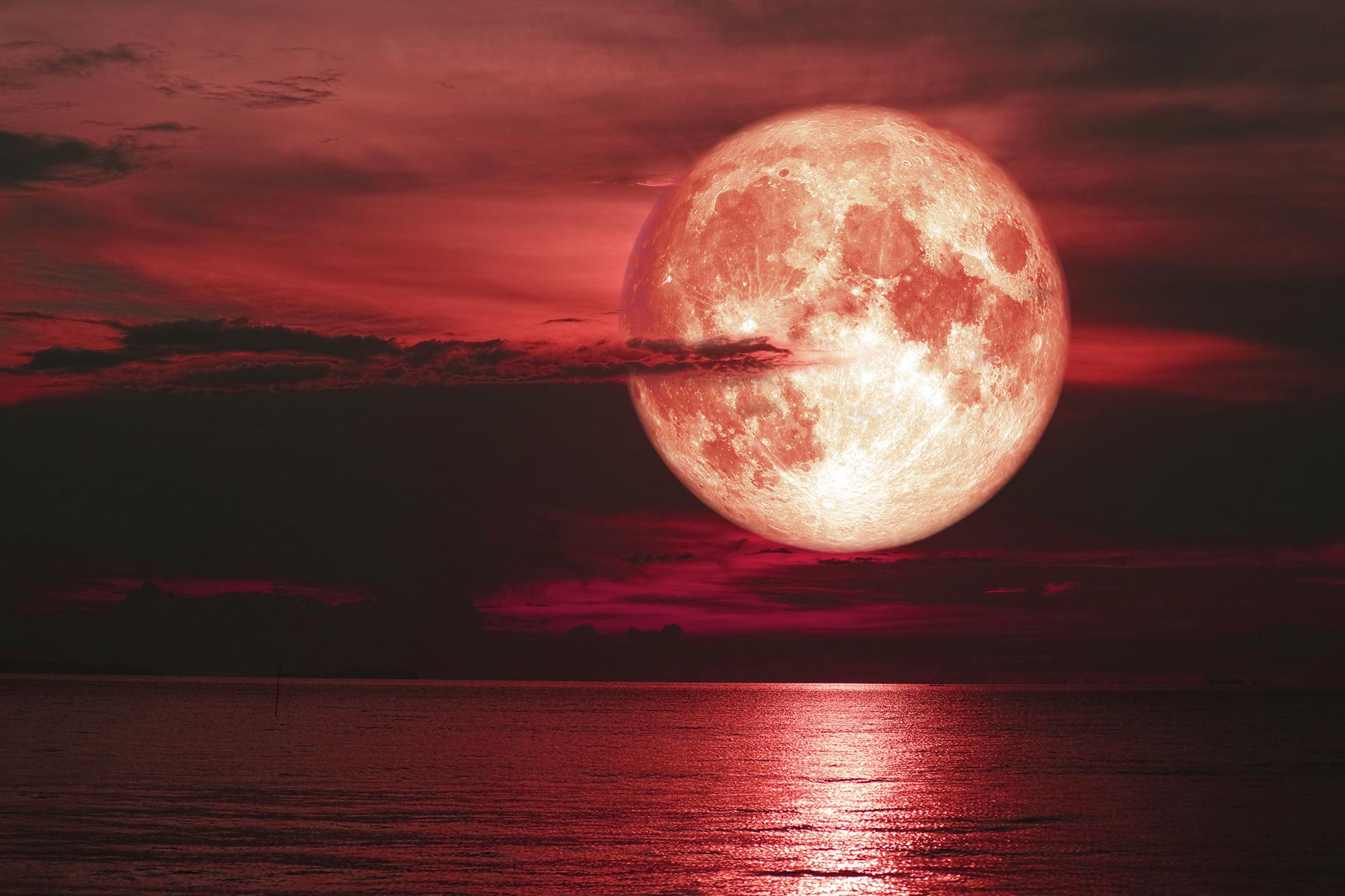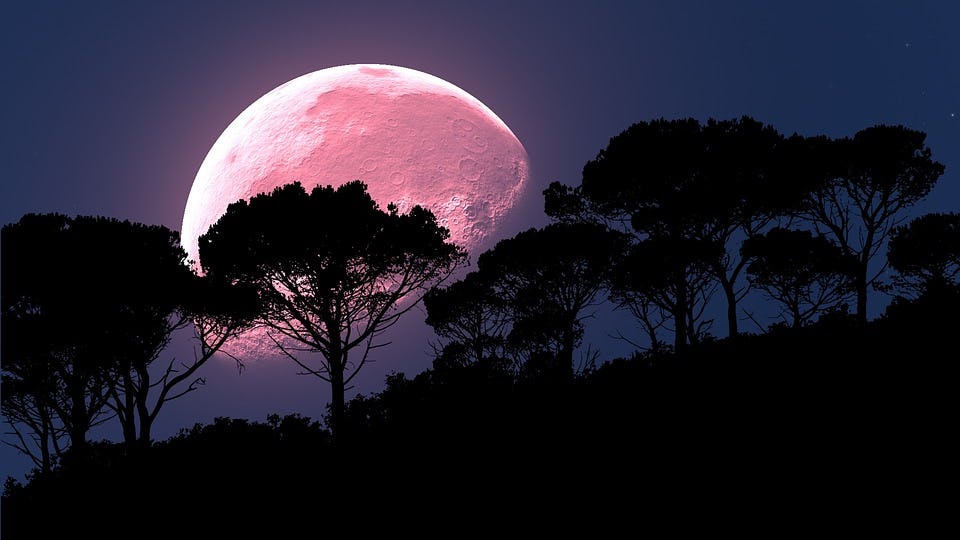

Remaining full moons for 2021Īustralia can expect a Buck Moon on July 23, named after the new antlers that grow from a young buck's forehead during this time. Punters can still catch the moonset on Friday morning at 7.18am. However, the moon will appear closest to Earth at moonrise and moonset due to a well-known optical illusion called the "moon illusion". The Super Strawberry Moon will be in its fullest phase on Friday morning at around 4.39am AEST. What time can we view the Super Strawberry Moon in Australia?īrace yourself for an early wake-up call. So far this year, we've already seen an impressive Pink Super Moon, and a rare Super Blood Moon Eclipse, and well, there's probably no topping that. Some believe June's full moon to be too far away to sit amongst the ranks of 2021's previous lunar spectacles (in fact, it is much further away from the Earth than the previous two - so much so, that astronomy resource doesn't even bother to make mention of it ).

However, there is some debate about whether Friday's upcoming Strawberry Moon is a "super moon" at all.Īccording to Nasa's official Solar System Exploration website, different publications use different thresholds for deciding what constitutes a "super moon". "That means that it looks very, very slightly bigger in our sky," he tells 9Honey. Morgan / Getty) What is a super moon?Ī super moon is the term given to a new or full moon at its closest point to the Earth within its monthly orbit, according to astronomer Professor Fred Watson. Another one will hit the sky in July.A super moon rises above the skyline behind the Sydney Opera House on September 28, 2015. If you miss this Tuesday's supermoon, don’t fret: Although they are unusual, we happen to be in a twofer this summer. "It's accessible to anyone who's interested in what's going on in the night sky," Lattis said. "People should be looking at the moon. Binoculars with a tripod are a plus, but simply lying back - or sitting in a lawn chair - and enjoying the view is the best way to experience the moon and all its beauty, he said. Lattis' biggest tip for gazing at the moon is simply to get comfortable. Since any full moon rises around sunset and sets around sunrise, on-lookers can see the Strawberry Supermoon anytime it's in the sky. If you live in a dense area with an obstructed view, it may be best to observe the moon when it's at its highest, around 1:00 a.m. Otherwise, the moon will be visible between 9:23 p.m. It's one of the first annual feasts of the year," Stafford said. "Strawberries are the first fruit of the summer to ripen.the Strawberry Moon represents a reconciliation. The relatively short - and often fickle - strawberry season inspired tribes to name June’s full moon the “Strawberry Moon,” celebrating the harvest.

Strawberry season in Wisconsin is typically mid-May through June. Stafford said the name Strawberry Moon is linked to its relation to the quintessential summer fruit. MOON GUIDE: What other names for moons are out there? Get the list. "The moon holds wisdom, and it was a way for (Native Americans) to keep track of the seasons, a kind of naming system for the moons." "The moon is very sacred to Native Americans," said Stafford, who is from the Bad River Band of Lake Superior Chippewa Indians in northern Wisconsin. In the 1930s, the Farmer’s Almanac began referring to full moons by their Native American names. The primary reason for it's name: tradition. A celebratory monikerĪlthough June’s supermoon is known as the “Strawberry Moon,” let’s set the record straight: It will not resemble a strawberry. On Tuesday, the full moon and perigee will be about 12 hours apart, qualifying it for supermoon status. And a full moon happens every 29½ days," said Jennifer Stafford, an astronomy graduate student at the University of Wisconsin-Madison. "So it's not every month that we're going to have a supermoon." "The closest approach is going to happen roughly every 27 days. In other words, the moon within a day of being at its fullest, and at a point in its path that is closest to Earth. While there is no strict definition of a supermoon, explained Jim Lattis, director of UW Space Place, it is a special astrophysical case that occurs within 24 hours of when a full moon is at perigee.


 0 kommentar(er)
0 kommentar(er)
